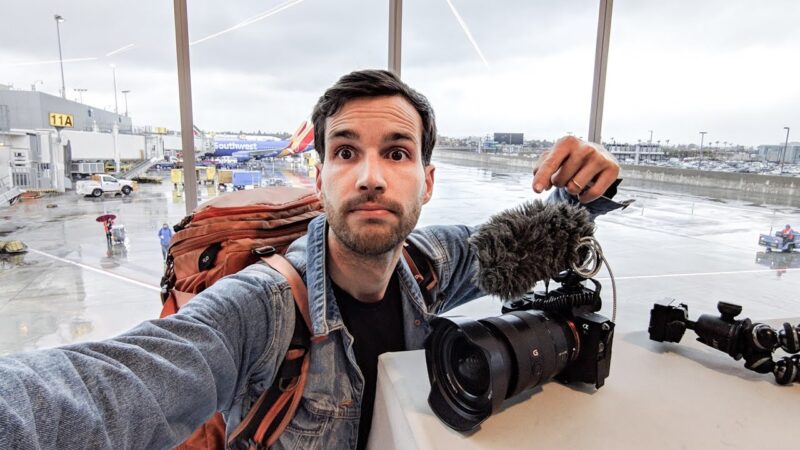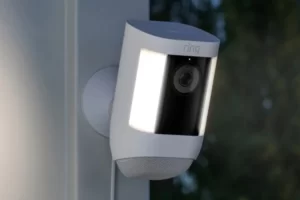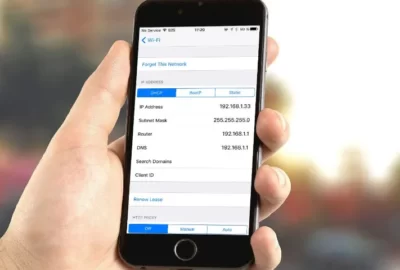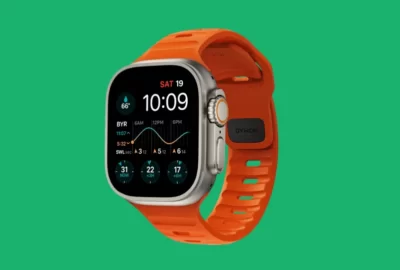Can Disposable Camera Go Through Airport Security
Disposable cameras are a great option for travel, but with all the rules about what you can and can’t bring on a plane, you might be wondering if you can put them in your checked luggage, disposable cameras are allowed on planes, But precautions should be taken to ensure that the film in the camera is not damaged by airport security checkpoints. So, should you carry a single-use camera roll through airport security, or should you put it in your checked luggage? Plus, in this article, you’ll learn the safest ways to get through airport security scanners without worrying about damaging your movie.
Can Disposable Camera Go Through Airport Security?
Disposable cameras are permitted on planes, but precautions should be taken to ensure that the film in the cameras is not damaged by airport security checkpoints. X-ray scans at security gates can damage the raw film, so it’s wise to do a manual search if available.
Also Read:
How To Protect Disposable Camera When Passing Security?
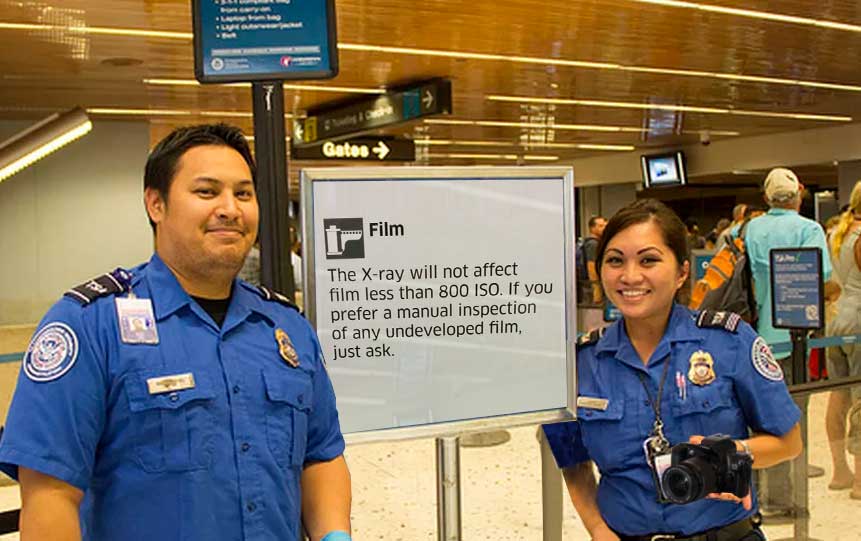
According to the TSA, any undeveloped film or cameras containing undeveloped film, such as disposable cameras, should be placed in a carry-on bag or taken to a security checkpoint and checked by hand. The final decision will be up to TSA officers at checkpoints, but the film is generally allowed in both carry-on and checked bags.
- The undeveloped film can be damaged by x-rays as well as the new CT scanners used in many airports. This means that if you haven’t shot the film to be developed, you could lose any photos you take as the film goes through the security scanners in the airport terminal.
For disposable cameras, the film inside is undeveloped until you send it to the store for processing. It’s important to protect the film, whether you take all the pictures or just a few, by limiting its exposure to radiation at security checkpoints.
The unprocessed film should always be kept in carry-on luggage. Checked luggage is exposed to much more radiation than carry-on security, and wrapping film in carry-on bags can also allow you to request manual screening if you can.
- Keep in mind that if you’re traveling through multiple airport terminals, your packed camera may be scanned multiple times. The more scans of unprocessed film, the more likely it is that the film will be damaged.
- Limit exposure as much as possible by manually inspecting the film. Some foreign airports may not offer this service, so it’s best to take advantage of it when it’s available to reduce the risk of damaging your film.
Can The Security Scanner Damage SD Card Memory?
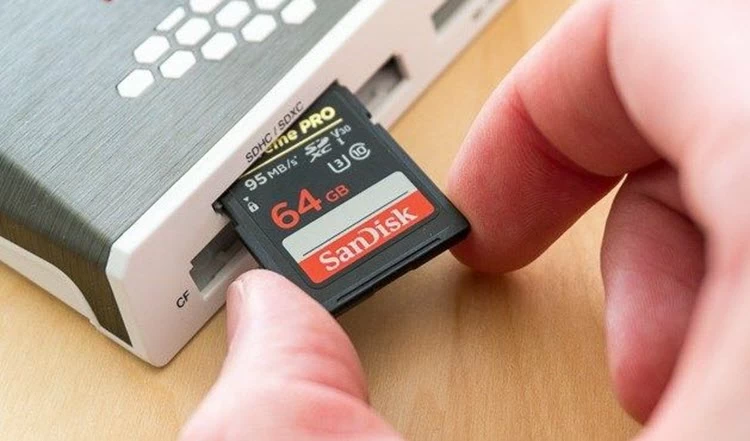
Now that we’ve established a safe way to get your film through security, you may now be wondering if scanners can affect your SD card and its internal memory.
Scanners have caused a real problem for photographers in the past because X-rays can damage SD cards. Today, however, this issue appears to be resolved.
Today, flashcards are extraordinarily resilient, which means they can safely pass through scanners. Some photographers tend to keep SD cards in their pockets just to be on the safe side, but really, there’s no reason to do so.
You can put your SD card in your carry-on or checked luggage and you can rest assured that no harm will be done.
Disposable camera roll is sensitive, so you should be very careful when you go through airport security scanners.
It is recommended that you carry it in your hand luggage, but it is safer to ask for a manual inspection of your film. This is the safest option for security scanners and disposable camera film.
The Effect of Airport X-rays on Undeveloped Film
Once you’ve decided it’s not a good idea to have your movie scanned at airport security, you might start asking why it shouldn’t be scanned. Sure, it could be damaged, but what does that mean?
X-ray and CT scanners used at airport security checkpoints bombard undeveloped film with radiation. This radiation can give the film a hazy appearance that cannot be corrected during processing. This makes the image look overexposed and grainy. Dark photos may look greener. Fog may affect the entire photo or appear as banding.
This fogging increases as the film go through more scans. Therefore, to protect the film, it is necessary to limit as many screening scans as possible.
The Effect of Airport Security Scanners on Digital Film
Fortunately, digital camera enthusiasts don’t need to panic at airport security lines. Digital images, as well as processed film, are unaffected by airport security scanners. You can safely check the photo information stored on your camera or any disc or SD card.
However, for safety reasons, most digital cameras are best packed in carry-on luggage. Carry-on luggage is less likely to be damaged or exposed to extreme conditions. When in doubt, pack your digital camera and any related equipment in your carry-on luggage.
When traveling, keep in mind that many airports require any electronic device larger than a cell phone to be removed from the case and placed in a separate case for scanning. So when traveling with a digital camera, you’ll most likely need to be prepared to turn it on and scan it separately from the rest of your luggage.
How to Pass Through Airport Security with Undeveloped Film
When traveling by air, it is generally considered the best option to carry the undeveloped film or a disposable camera in your carry-on luggage, but it is safest to avoid scanning the film. With a little preparation, you can easily get through airport security and secure your movie.
- Before you arrive at the airport, put your undeveloped film or disposable camera in a clear plastic ziplock bag, as required by liquidsb>. This way, it will be neat and organized, especially if you have several undeveloped rolls of film.
- Store this bag in an easy-to-reach pocket of your carry-on bag for quick access at a secure door.
- When you get to security, remove the film bag from the carry-on bag and carry it with you until it’s your turn to scan.
- At this point, politely ask a TSA officer if the film can be checked manually. If you haven’t opened the film, TSA agents may open it at the security checkpoint for a thorough investigation. You can save time by unpacking the film before arriving at the airport, but it’s not required.
- Don’t panic if a security officer refuses to approve your manual inspection request, or if a manual inspection is not possible. If you try to protest, rather than just have your film X-rayed, you’re more likely to get into a bunch of trouble. Fortunately, a scan or two is unlikely to ruin your movie, so it’s not worth arguing with security officials.
Final Thoughts
Disposable cameras are a great option for travel because they’re cheap and convenient, but because the film inside isn’t developed, they require extra care when you’re carrying them around. If you can’t manually inspect the film at airport security and are concerned that the film will be damaged by the airport x-ray scanner, your best bet may be to develop the photo locally and ship it home. Disposable cameras are a great option for travel because they’re cheap and convenient, but because the film inside isn’t developed, they require extra care when you’re carrying them around. If you can’t manually inspect the film at airport security and are concerned that the film will be damaged by the airport x-ray scanner, your best bet may be to develop the photo locally and ship it home.
Related Post:

